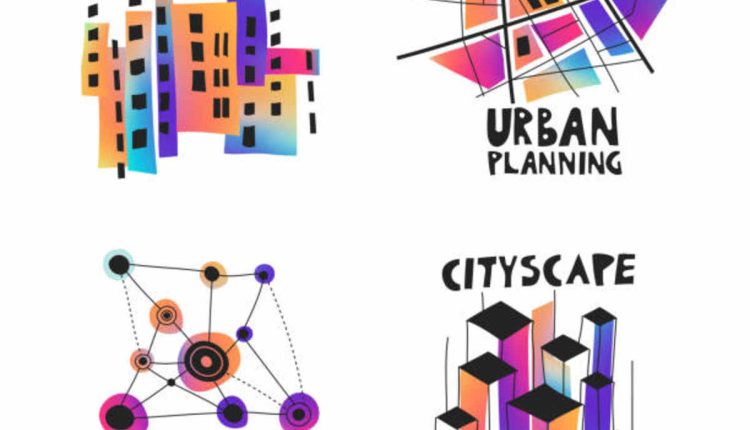How to Use Google Scholar?
Google Scholar is a search engine designed specifically for academic research. Unlike regular Google searches, it only returns results vetted by academic journals or other credible sources – making it a potentially useful research tool – although remember, not everything found there can be considered reliable. This blog post from Brescia University College’s Beryl Ivey Library gives an introduction and tips for using and evaluating resources found through Google Scholar, as well as explaining why multiple sources are essential when conducting research. How do you find the Contextual Links?
Getting Started with Google Scholar
Google Scholar is an academic search engine designed specifically to locate academic resources and literature such as articles, full-text theses and dissertations, books, and court opinions. It is easy to use and provides an effortless way to search across many disciplines and sources – you may find scholarly work published by academic publishers, professional societies, online repositories, universities, or other websites.
To get started with Google Scholar, create a Google account (if necessary). After signing in, add articles you have published or written that feature yourself via searching Google Scholar’s search box or manually adding them to your profile. Furthermore, subscribe to notifications about when other scholars cite your works if applicable.
Google Scholar stands out as an invaluable tool because it allows researchers to quickly view related works, citations, authors, and institutions. This helps researchers discover new avenues of research and connect with other scholars within their field. In addition, Western Libraries’ full-text articles may also be accessible via this portal.
Though Google Scholar provides access to reliable scholarly content, it should be remembered that it isn’t an exhaustive source. Unlike more carefully curated subscription-based databases like Scopus and Web of Science, which include more reliable search results in their results pages like Scopus or Web of Science databases do, Google may include some unreliable or redundant results, which should prompt additional sources like library databases or Discovery Catalog Search as part of your research strategy.
Searching in Google Scholar
Google Scholar is an academic search engine designed to quickly find articles, books, theses, and court opinions across disciplines and sources, such as academic publishers, professional societies, online repositories, universities, and other websites. Find the best Authority Backlinks.
Google Scholar can be an extremely effective research tool when combined with other research databases and tools, such as library catalogs, subscription-based journal databases, and digitized archives. Furthermore, it can also help uncover grey literature – information created outside the bounds of traditional academic publications like peer-reviewed journals.
Google Scholar operates using a different algorithm than regular Google, meaning it will show more scholarly work but may miss essential resources. Furthermore, its information comes from various sources, ranging from 4th-year theses in institutional repository collections to highly cited articles, making it difficult to assess their level of quality.
To improve your search results, you must use the advanced search menu on the left side of the page. This will give you complete control of how keywords are searched for; for instance, setting it only to look at title texts or both can help. Likewise, specifying minimum word requirements per keyword helps reduce irrelevant results, while adding in publication dates helps narrow your results further.
An additional helpful feature of the advanced search menu is its capability to narrow results by language, which can be particularly beneficial if your project requires reading multiple sources across languages. You may also choose to limit your results by searching only articles cited by other works or by selecting specific authors/publications.
Using Google Scholar to Find Articles
Google Scholar provides an easy way to search for scholarly articles, books, theses, and court opinions from academic publishers, professional societies, online repositories, universities, and other websites. Articles may come from academic publishers, professional societies, repositories, or universities and can also be narrowed by format (i.e., journal articles, theses, or books). You can filter results by date range or author to get more relevant results.
Some articles available through Google Scholar may be accessible to read, while others require a subscription. To determine whether an article is accessible to you, click its title; if it’s available at your institution, a link will appear that leads directly to it; otherwise, you must subscribe to a database with it. Best way to find the Classified Profile Links.
Your search results should contain many peer-reviewed, reliable articles. Unfortunately, Google is less selective about which content it displays than more carefully curated subscription-based academic databases such as Scopus or Web of Science; consequently, you may discover more grey literature than expected in your results.
Always remember that Google Scholar should only be used as a supplement to search the catalog and databases at your institution; otherwise, you risk missing out on valuable resources that exist there.
One of Google Scholar’s major drawbacks is that it can be difficult to tell exactly what type of document you’re reading; while you might assume you’re reading a scholarly article, it could actually be something as mundane as an opinion piece or newspaper story.
Google can help you address this issue by providing citation information about a resource. For instance, articles published in scientific journals will include their journal name as part of their citation information; you can also visit publisher websites to determine what type of document they contain.
Read also: Tech Companies In Austin

